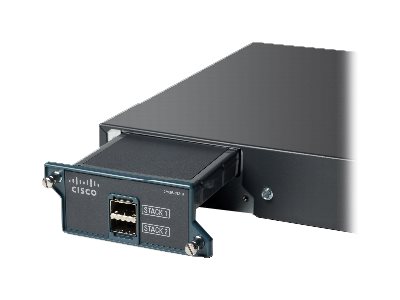
Cisco FlexStack simplifies network management by allowing you to stack multiple Cisco Catalyst 2960-S series switches and create a single logical switch. This solution offers redundancy and simplifies management, with modules and cables for connection between the switches. Each switch can deliver up to 20Gbps of bandwidth.
Q: What is Cisco FlexStack?
A: Cisco FlexStack technology enables you to connect multiple Cisco Catalyst 2960-S series switches and configure them as a single logical switch. This approach streamlines network management and offers redundancy. FlexStack utilizes modules and cables to establish connections between the switches, with each switch boasting up to 20Gbps of bandwidth.
Stack of Switches Create A Logical Switch
A logical switch is a term used to describe a stack of switches. Stacking Ethernet switches means there is network redundancy and fewer device management demands. The FlexStack hardware consists of a module and cables. A module will support two FlexStack ports after insertion into the Catalyst switch. The cables are connected to the module to deliver data path redundancy for each FlexStack member. The protocol ensures the single switch behaviour of the physical switch stack, and a master switch manages member switches.
FlexStack Switch-Stacking Benefits
Within enterprise and branch office networks, FlexStack switch-stacking benefits include management ease. FlexStack’s logical switch, consisting of multiple physical switches, is managed through one IP address. Any VLAN or Ethernet interface that’s connected to one of the FlexStack switch members can be managed via the logical switch. FlexStack members are connected through stacking cables. Switch member removals and additions are simplified. Comms Express stocks the hardware for this switch-stacking solution.
